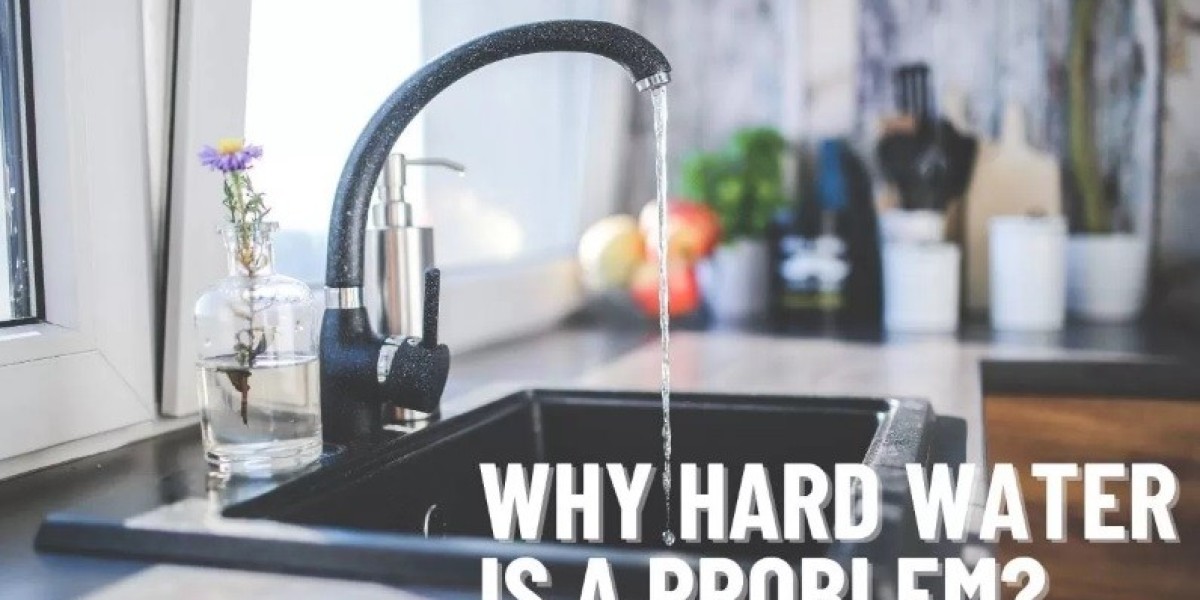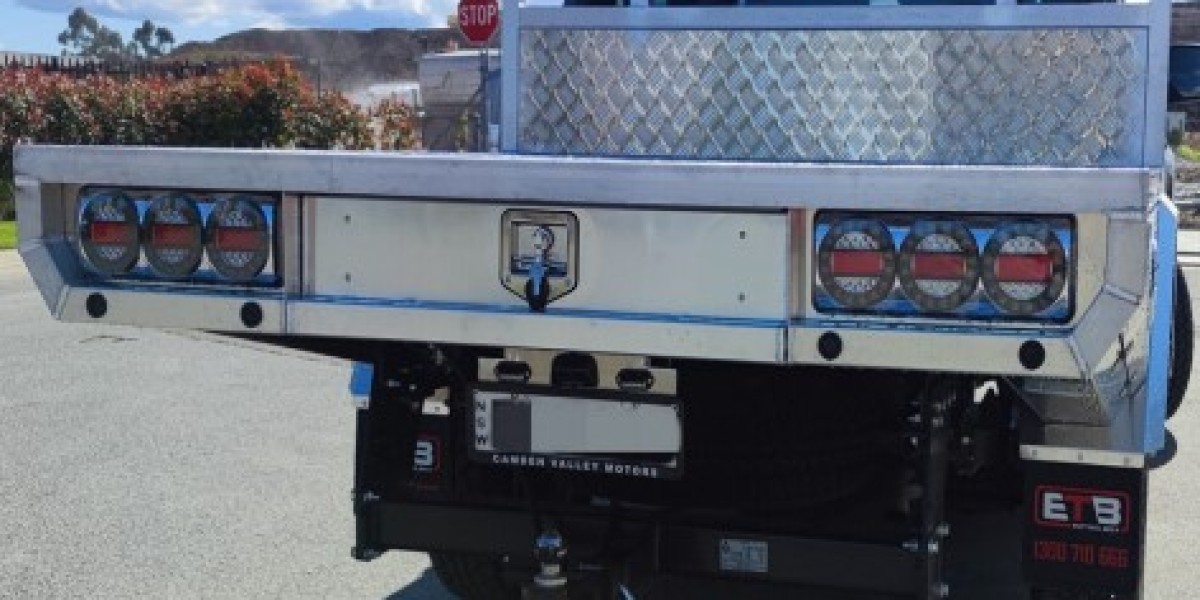A salt-based water softener system is an essential appliance for homeowners dealing with hard water. By removing excess minerals like calcium and magnesium, these systems prevent scale buildup in pipes, extend the lifespan of appliances, and improve the efficiency of detergents. However, like any other system, they can encounter problems over time. Understanding these issues and their solutions is crucial for maintaining the system's performance and ensuring your water remains soft and clean. In this comprehensive guide, we’ll explore the most common problems that arise with a salt-based water softener system, how to diagnose them, and practical fixes that will keep your system running smoothly. Whether you’re a new homeowner or someone looking to troubleshoot, this article will provide actionable insights to help you get the most out of your water softener.
What is a Salt-Based Water Softener System?
Before diving into common problems, let’s briefly discuss how a salt-based water softener system works. These systems use a process called ion exchange to remove hard water minerals. Hard water flows through a resin bed that traps calcium and magnesium ions while releasing sodium ions into the water. Over time, the resin bed becomes saturated with hard minerals and requires regeneration, which is where salt comes into play. The system flushes the resin bed with a saltwater solution, effectively "recharging" it and preparing it to soften water again. While these systems are effective and widely used, they are not without their challenges. Below, we’ll discuss the most frequent issues homeowners face and how to resolve them.
1. Salt Bridges in the Brine Tank
What is a Salt Bridge?
One of the most common problems with a salt-based water softener system is the formation of salt bridges. A salt bridge is a hard crust that forms in the brine tank, creating a gap between the salt and the water. When this happens, the system cannot produce the brine needed for regeneration, leading to hard water in your home.
Symptoms of a Salt Bridge:
- The water feels harder than usual.
- Appliances and fixtures show signs of scale buildup.
- The salt level in the tank doesn’t appear to decrease.
How to Fix It:
- Check for a Salt Bridge: Use a broom handle or similar tool to gently poke the salt in the brine tank. If it feels solid or resists movement, you likely have a salt bridge.
- Break the Bridge: Carefully break up the salt crust using the handle. Be gentle to avoid damaging the tank.
- Prevent Future Bridges: Use high-quality salt pellets designed for water softeners and avoid overfilling the brine tank. Humidity and temperature fluctuations can also contribute to salt bridging, so keep the water softener in a dry, temperature-controlled environment if possible.
2. Resin Bed Contamination
What is Resin Bed Contamination?
The resin bed in a salt-based water softener system is responsible for exchanging ions and softening the water. Over time, the resin can become contaminated with iron, bacteria, or other organic matter, reducing its efficiency.
Symptoms of Resin Bed Contamination:
- The system regenerates but fails to soften water effectively.
- The water has an unpleasant odor or taste.
- Discoloration in the water, often reddish or brownish due to iron.
How to Fix It:
- Clean the Resin Bed: Purchase a resin bed cleaner specifically designed for water softeners. Follow the manufacturer’s instructions to clean the resin bed and remove contaminants.
- Install a Pre-Filter: If your water source contains high levels of iron or sediment, consider installing a Pre-Filter to prevent contaminants from reaching the resin bed.
- Schedule Regular Maintenance: Periodically clean and inspect the resin bed to ensure optimal performance.
3. Clogged Injector or Venturi Valve
What is the Injector/Venturi Valve?
The injector and venturi valve work together to create the suction needed to draw brine from the tank during regeneration. Over time, these components can become clogged with debris or sediment, preventing proper functioning.
Symptoms of a Clogged Injector or Venturi Valve:
- The system fails to regenerate properly.
- Low water pressure or flow issues.
- Hard water in the home, even after regeneration.
How to Fix It:
- Turn Off the System: Always turn off the water softener before attempting to clean any components.
- Disassemble and Clean the Injector: Consult your user manual to locate and remove the injector and venturi valve. Use a small brush or toothpick to remove debris and rinse the parts with clean water.
- Reassemble and Test: Reinstall the cleaned components and test the system to ensure it is functioning correctly.
4. Brine Tank Overflow
What Causes Brine Tank Overflow?
A brine tank overflow occurs when the water level in the tank rises too high, spilling over and creating a mess. This issue is often caused by a malfunctioning float valve, clogged drain line, or incorrect settings on the system.
Symptoms of Brine Tank Overflow:
- Water pooling around the system.
- The brine tank appears full or nearly full of water.
- Regeneration issues due to improper brine levels.
How to Fix It:
- Inspect the Float Valve: Check the float valve in the brine tank for proper operation. Clean or replace it if necessary.
- Check the Drain Line: Ensure the drain line is not clogged or kinked. A blocked drain can prevent water from properly exiting the tank during regeneration.
- Adjust Settings: Verify that the system’s regeneration settings are correct. Consult the user manual for guidance on proper settings based on your water usage and hardness levels.
5. Motor or Timer Failure
What is Motor or Timer Failure?
The motor and timer control the regeneration cycle of a salt-based water softener system. If either component fails, the system may not regenerate properly or at all.
Symptoms of Motor or Timer Failure:
- The system does not initiate regeneration.
- The motor makes unusual noises or fails to operate.
- Hard water issues persist despite adequate salt levels.
How to Fix It:
- Inspect the Motor and Timer: Check for visible signs of wear or damage. Listen for unusual noises that may indicate a motor issue.
- Replace Faulty Components: If the motor or timer is not functioning, replace the faulty part. Consult your user manual or contact the manufacturer for guidance on ordering replacement parts.
- Hire a Professional: If you’re unsure about diagnosing or repairing the motor or timer, enlist the help of a professional technician.
6. Low Salt Levels or Incorrect Salt Type
Why Does Salt Matter?
The type and amount of salt used in a salt-based water softener system directly impact its performance. Using the wrong type of salt or running low on salt can lead to regeneration issues and hard water.
Symptoms of Low Salt Levels or Incorrect Salt Type:
- Water hardness increases.
- The system regenerates less frequently or inadequately.
- Salt in the tank appears dirty or clumpy.
How to Fix It:
- Check Salt Levels Regularly: Make it a habit to check the salt levels in your brine tank every few weeks. Refill the tank as needed, ensuring there is enough salt for proper regeneration.
- Use the Right Salt: Stick to high-purity salt pellets or cubes designed for water softeners. Avoid using rock salt, as it contains more impurities that can clog the system.
- Clean the Brine Tank: If the salt in the tank appears dirty or clumpy, clean the tank and refill it with fresh, high-quality salt.
7. Water Softener Not Using Salt
What Causes the System to Stop Using Salt?
If your salt-based water softener system stops using salt, it may be due to a clogged brine line, a malfunctioning float valve, or a salt bridge.
Symptoms of the System Not Using Salt:
- Salt levels remain unchanged for weeks.
- Hard water issues persist.
- The system fails to regenerate properly.
How to Fix It:
- Inspect the Brine Line: Check for clogs or kinks in the brine line and clean or straighten it as needed.
- Check the Float Valve: Ensure the float valve is functioning correctly and is not stuck or damaged.
- Break Up Salt Bridges: Follow the steps outlined earlier to identify and break up any salt bridges in the brine tank.
Final Thoughts
A salt-based water softener system is a valuable tool for combating hard water, but like any appliance, it requires regular maintenance and occasional troubleshooting. By understanding the common problems outlined above and their solutions, you can keep your system running efficiently and enjoy the benefits of soft water in your home. Remember to perform regular inspections, use high-quality salt, and clean the system components as needed. If you encounter persistent issues or are unsure about a repair, don’t hesitate to consult a professional technician for assistance. With proper care, your salt-based water softener system will continue to provide you with clean, soft water for years to come.








